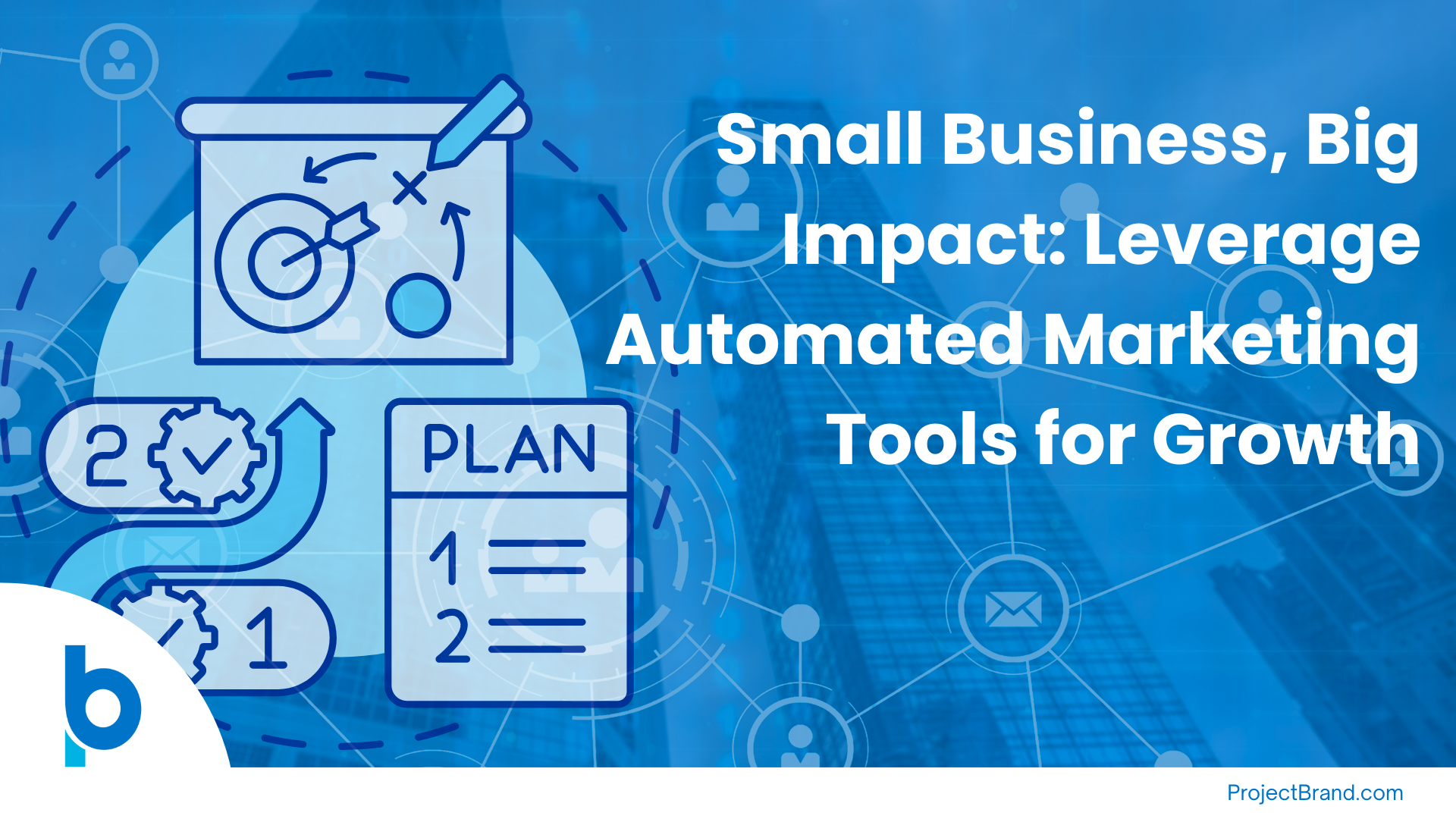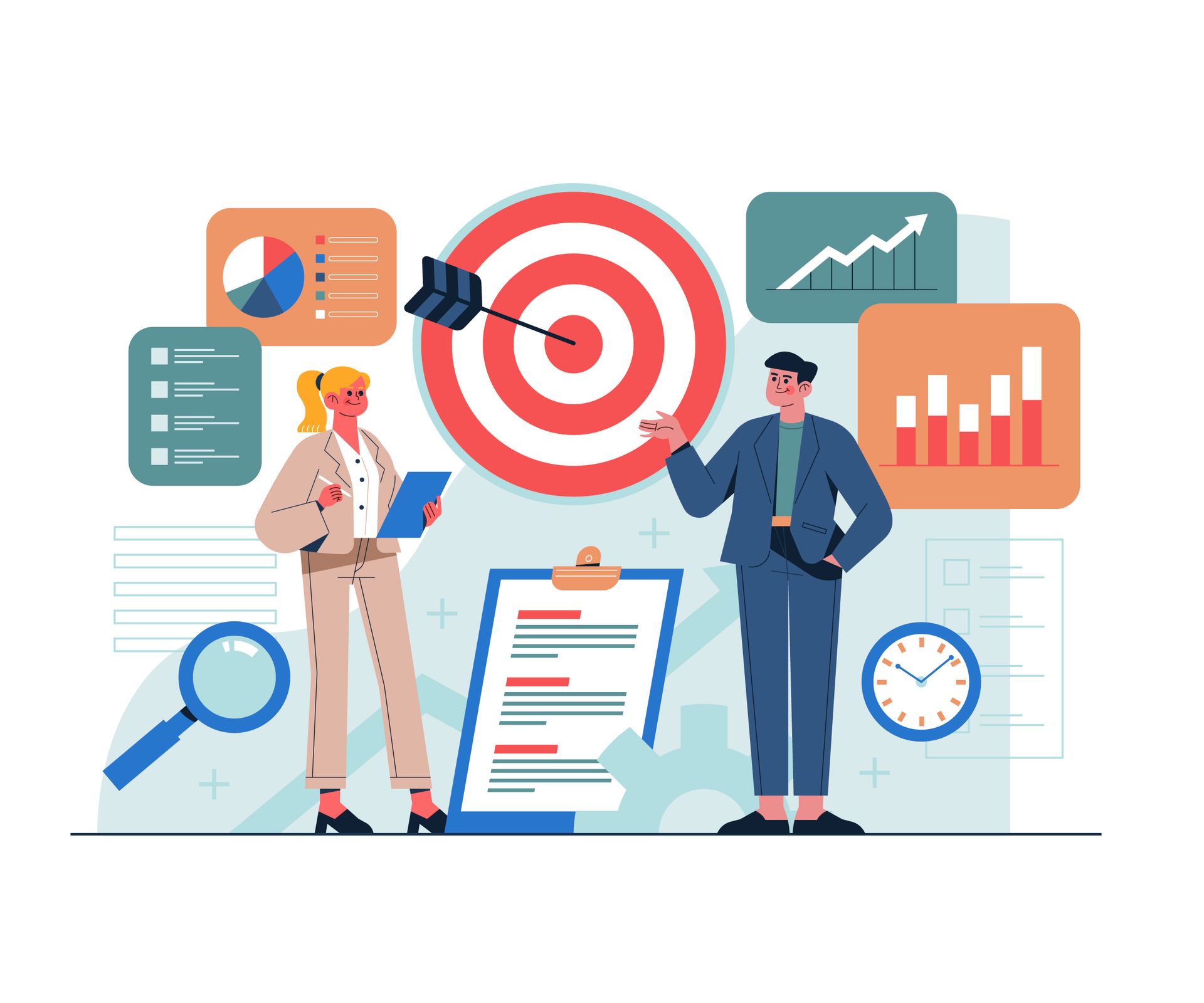Receive our Newsletter
Managing Invoices for Small Businesses: A Comprehensive Guide
Running a small business involves wearing many hats, one of which includes managing finances. Among the many financial tasks that small business owners must handle, invoice management stands out as one of the most crucial ones. An effective invoice management system can greatly impact the cash flow and overall financial health of a business.
In this guide, we delve into the world of invoicing management systems, exploring why they're critical for small businesses, and how to implement an effective system.
The Importance of a Reliable Invoicing System
An invoicing system is more than just a tool for creating bills. It's a comprehensive solution that not only allows businesses to bill clients for products or services but also tracks payments and maintains a record of financial transactions.
Why is Invoicing Essential?
Invoicing plays a vital role in managing the financial health of a small business. Here are some reasons why the billing and invoicing process is crucial:
- Cash Flow Management: Invoices are the primary source of cash inflow for a business. Timely invoicing and payment collection ensure a healthy and steady cash flow, enabling businesses to meet their financial obligations and invest in growth opportunities.
- Financial Record Keeping: Invoices serve as legal documentation of financial transactions. They provide a detailed record of income, which is essential for accounting, tax filing, and financial planning.
- Professionalism: A well-organized and timely invoice reflects professionalism and seriousness about business. It sends a positive message to customers, enhancing the company's reputation and building trust.
Invoices and Financial Management: The Two Sides of the Coin
Invoices play a central role in both the accounts payable (AP) and accounts receivable (AR) processes, serving as a key element in invoice control and overall invoice management.
Invoicing and Accounts Payable
Accounts payable represents the amount a business owes to its suppliers or vendors for goods or services purchased. The AP process involves verifying vendor invoices against purchase orders and making timely payments. An efficient vendor invoice management system ensures that payments are made on time, maintaining a good relationship with suppliers and avoiding late payment penalties through AP automation.
Invoicing and Accounts Receivable
On the flip side, when a business sells goods or services, it issues an invoice to the customer. This invoice is recorded in accounts receivable, representing the amount customers owe for the purchases they made. An effective invoice management systems ensures that invoices are issued promptly and accurately, facilitating timely payment collection and helping manage invoices more effectively.
Invoice Management Process: A Step-by-Step Guide
The process of invoice management involves a series of steps from creating a purchase order to collecting payments. Let's walk through each step of the billing and invoicing process:
1. Issuing a Purchase Order
The first step in the invoicing process involves creating and sending a purchase order to the supplier. A purchase order serves as a formal request for products or services and authorizes the purchase details, including the product quantity and agreed-upon prices. This is a critical part of purchase order management and vendor onboarding.
2. Receiving and Reviewing Supplier Invoices
Upon receiving the goods and the supplier's invoice, it's crucial for effective invoice management to cross-verify the invoice details against the original purchase order. Any discrepancies should be addressed immediately through invoice verification to avoid confusion or disputes later.
3. Making Payments
After verifying the invoice, the next step in invoice payment processing is to process the payment. Today, businesses have multiple payment options to choose from, including checks, credit card payments, and online transfers. It's essential to select a payment method that is convenient, secure, and cost-effective.
4. Issuing Invoices to Customers
After fulfilling a customer's order, an invoice is issued as part of thorough invoice management. The invoice should include essential invoice details such as the goods or services provided, their quantity, price, taxes, total amount due, and the payment terms.
5. Tracking Invoice Status
Once the invoice is sent, it's crucial for effective invoice tracking to monitor its status. This involves checking whether the invoice has been received, viewed, and paid by the customer. Any overdue invoices should be followed up promptly to ensure timely payment collection.
6. Regular Review and Update
Finally, it's essential to regularly review and update the invoicing system to ensure it continues to meet the business's needs. This includes regularly updating invoice templates, monitoring payment terms, and keeping track of any invoice software updates or new features.
How to Automate Invoice Management
The modern business landscape leans heavily towards automation, and invoice management is no exception. Automating invoice management through e-invoicing can save time, reduce errors, and improve efficiency.
Here are some key benefits of automating invoice management:
- Efficiency: Automated invoicing eliminates manual data entry, reducing the chances of errors and saving time.
- Timely Payments: Automated reminders can ensure timely invoice payments, improving cash flow.
- Real-Time Tracking: Automated systems provide real-time updates about invoice status, facilitating efficient tracking and management.
- Reporting: Automated invoicing software can generate detailed reports, providing valuable insights into business finances.
Selecting the Right Invoice Software for Small Businesses
Choosing the right invoice management software, such as vendor invoice management software, is crucial for small businesses. Here are some factors to consider:
- Pricing: Invoice software varies in cost. Consider your budget and the software's features to make an informed decision.
- Features: Look for essential features like automated invoicing, customizable templates, online payments, expense management, and reporting.
- Ease of Use: Choose software that is user-friendly, with an intuitive interface and easy-to-navigate features.
- Customer Support: Ensure the software provider offers reliable customer support in case of any issues or queries.
Conclusion
Invoice management is a crucial component of financial management for small businesses, ensuring a smooth invoicing process and timely payment collection which is essential for effective cash flow management. By implementing the right invoice software, small businesses can automate their invoicing process, thereby saving time, minimizing errors, and allowing them to concentrate on their core business operations.

Important links
Legal Stuff

Receive our newsletter
Thank you.
You'll receive great news from us.
Oops, there was an error sending your message.
Please try again later









